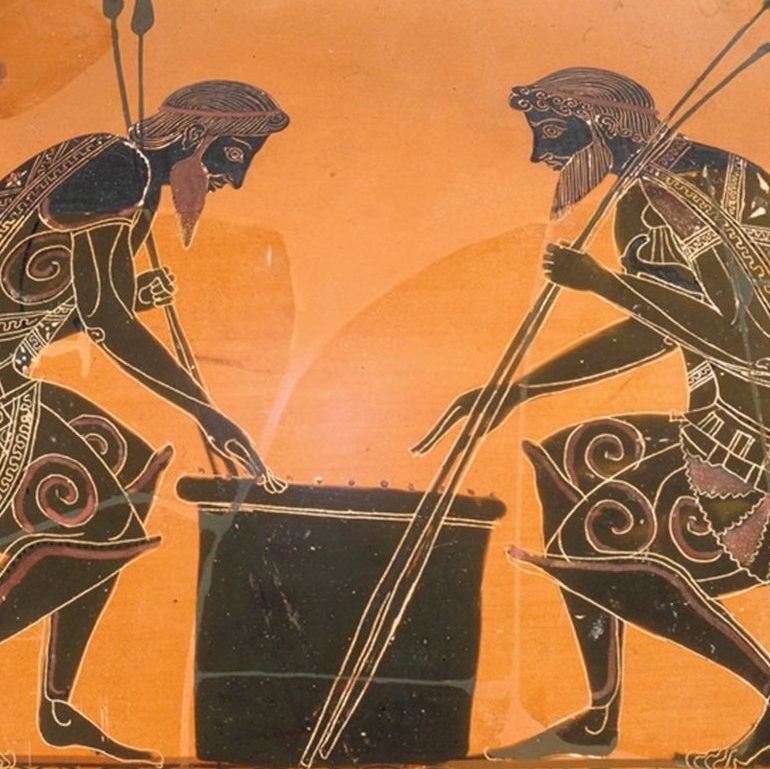If you were a cineaste living in New York City in 1972, in the fall of that year what you spoke about was the New York Film Festival, Last Tango in Paris, and Pauline Kael’s New Yorker review of the film.
Bernardo Bertolucci’s Last Tango in Paris was presented for the first time on the closing night of the New York Film Festival, October 14, 1972: that date should become a landmark in movie history comparable to May 29, 1913—the night Le Sacre du Printemps was first performed—in music history. There was no riot, and no one threw anything at the screen, but I think it’s fair to say that the audience was in a state of shock, because Last Tango in Paris has the same kind of hypnotic excitement as the Sacre, the same primitive force, and the same thrusting, jabbing eroticism.
The movie breakthrough has finally come.
Some film lovers and critics were Kaelites, others, like me, contra Kael, but I loved the film, as I loved it’s maker, whose previous film, The Conformist, was, and still is, my favorite. (You could look it up.) Last Tango opened its commercial run in New York at the Trans-Lux East movie theater, on Third Avenue between 57th and 58th Streets. Ticket prices were raised to a then unheard of $5 a ticket. With cinematography by Berotolucci’s great regular partner, Oscar winner Vittorio Stararo (Apocalypse Now, Reds, The Last Emperor), film editing by regular Franco Arcalli and iconography from painter Francis Bacon,
the film’s landmark score, ever more a sound of dissolute, romantic Parisian despair, is by Brazilian saxophonist Gat Barbieri. This is its main theme.
————-
Related articles by Zemanta
- New York Korean Film Festival (brighthub.com)
- Fowl Play: New York Film Festival Winner (seedorama.com)
- ‘Great Directors’: Lights, camera, action on 10 filmmaker interviews (seattletimes.nwsource.com)
- The Social Network Will Open The New York Film Festival (cinemablend.com)
- Nathaniel’s New York Film Festival: Coming Soon (filmexperience.blogspot.com)
- New York Film Festival Lineup Includes Fincher, Taymor, Eastwood (pastemagazine.com)




Hi, we just started a new blog on tango history…each day we post an event that
happened that day in tango history…it can be the birth of a famous singer,
composer of poet, the debut of a film or the recording of a famous tango song…
you can even search tango principles according to their sun sign
Can you help spread the word by letting your students know about it or placing
a link on your blog…there is no advertising or money involved…we’re
not selling anything, we simply love tango and in particular tango history…we
welcome any suggestions…..
If you come to Rome, please let us know…we would be glad to welcome you
and show you around; my wife and I love meeting and being with people…thanks, have a
nice day…well here is the link http://todayintango.wordpress.com/
Bertolucci is one of cinema’s great directors…Ah, another fan of The Conformist…the wide and low angle shot of the dead leaves hypnotized me. That is an awesome soundtrack by Argentine tenor saxophonist Gato Barbieri on Last Tango…fact check time…and Storaro, a cinematographic genius! Bravo!
charlie k,
In all these years, and I first saw the film during its initial New York run – on Flatbush Avenue in Brooklyn – no one has ever mentioned the blowing leaves to me. It is my single favorite shot in a film brimming with visual treasures. I commend your eye. (Or you may commend mine.) Thanks for the check on the spelling of Storaro’s name.
I’ve seen “Last Tango” several times. I wouldn’t compare it to “Sacre” but I, too, found it to be a movie that has stayed with me.
I couldn’t even begin to recall how many times I’ve listened to “Sacre” over the years. In college, I even sang in a choral performance that accompanied a presentation of the dance. It was thrilling.
I recently saw “Coco and Stravinsky” in which a version of “Sacre” is performed. Have you seen it?
Maureen,
1. Yes, Sacre is thrilling, always. Fascinating – it’s greatness, of course – that it is so much more readily appealing to us, yet we can still understand how it must have jarred then.
2. No, Tango does not compare. As a contra-Kaelian, that review would be third on my bill of particulars. The film – hardly a breakthrough – has by itself had no profound influence .
3. I think Coco and Stravinsky played while we were traveling, far from movie theaters, especially that kind. Your question is a reminder to rent it.